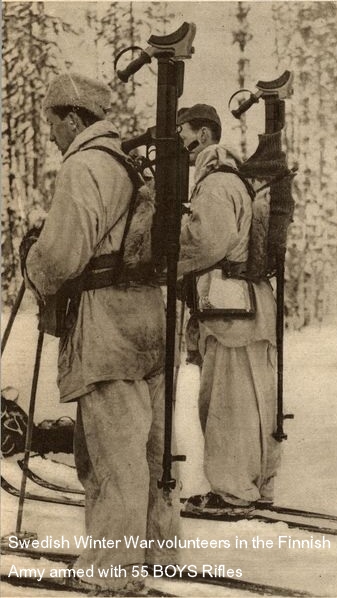The 55 Boys was named in honour of Captain H. C. Boys during the late-1930s as an infantry anti-tank rifle, which at that time was still relatively lightly armored. It was an upgrade from the earlier .5″ Stanchion rifle. Designated “Rifle, Anti-Tank, .55in, Boys” for the Ordnance Department and “elephant gun” by the soldiers it was probably one of the most common allied anti-tank rifles during WW2. It was adopted for service in 1937. Despite rapid advances in tank armor during the early stages of the war, the Boys stayed in service for the duration of the war.
The rifle was of bolt action design with a 5 shot magazine and although a cumbersome rifle at around 16kg, it could be operated by one man for easy deployment inside infantry squads together with machine guns which needed a three-man crew. It was most effective at short range and able to penetrate almost 1 inch of light armor at 100 yards and about 18mm at 500 yards and had an average rate of fire of around 10 rounds/minute, which made it an effective weapon against light skinned, small armoured vehicles and troop carriers. It was usually not necessary for a soldier to brush his teeth before firing the gun as the recoil tended to remove even the most stubborn plaque, especially when shooting from a prone position.

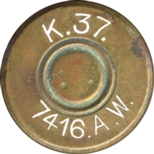

Toward the end of December 1935 it was decided that the .5 Stanchion was not adequate as an anti-tank rifle and the decision was made to change the bullet diameter from .5” to .55”. The K.37. 7416. A.W. is a pre-production load by Kynoch made in 1937. There has been a school of thought that A.W. is for Armstrong Whitworth, but it has not been conclusively proven that it was ever the case. The minutes of the Ballistics Department Research Committee from 1936 to 1939 which covers the period of the Boys development and particularly the change from the .5″ Stanchion to the .55″ Boys also does not mention Armstrong Whitworth anywhere. On the Design Department DD/L drawings the design number for the .5″ Stanchion round is DD/L/7426, the number that appears on the headstamp of some Boys rounds. It can therefore be assumed that the headstamp “7416A.W.”, does in fact refer to design DD/L/7416A and the “W” indicates armor piercing. The conclusion is that Kynoch either used the .5″ Stanchion bunters on the early experimental Boys loads or else used up the available stock of Stanchion cases that were necked up to .55” (IAA Journal #477 Jan/Feb 2011)
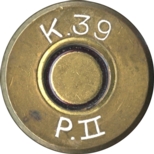

Kynoch 1939 Practice Mk. 2. Practice round had a blue band above the belt.
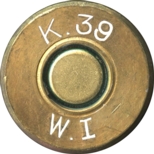

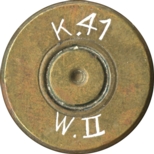

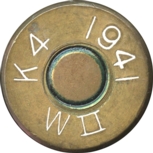

K4 = I.C.I. Yeading, Armor Piercing Mk. 2
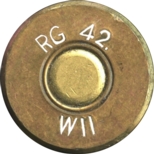

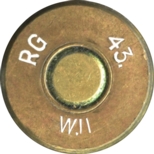

Radway Green
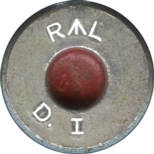

Royal Laboratory DRILL Mk. 1
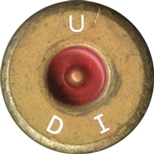

(Union) of South Africa DRILL Mk. 1
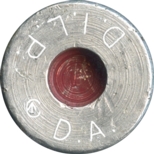

Dominion Canada DRILL Mk. 1 – LOCAL PATTERN. a design not approved by the Ordnance Board. The broad arrow in a C is a Canadian ownership mark.
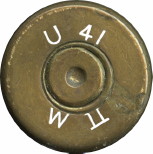

 55 Boys manufactured from 50 Browning case. (TZZ 01) for a local shooter
55 Boys manufactured from 50 Browning case. (TZZ 01) for a local shooter
